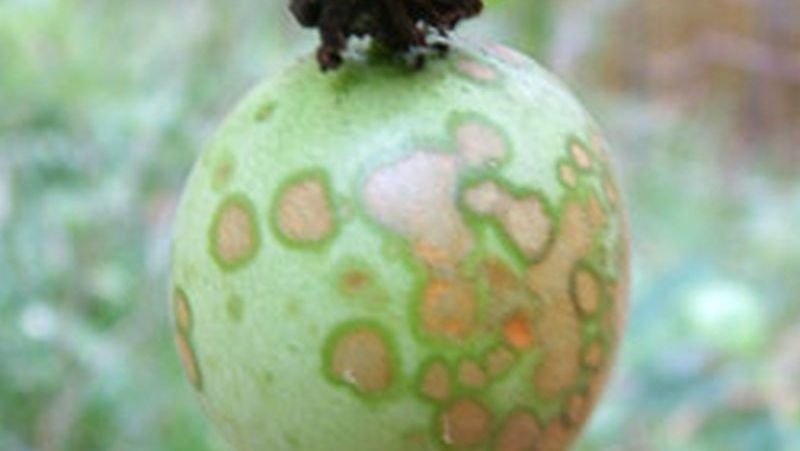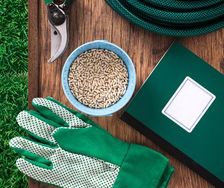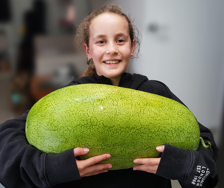Yates Account
Join now
Create a Yates account today!
Sign up to join the Yates Garden Club for monthly e-mails packed with seasonal inspiration, tips for success & exclusive promotions.
Plus if you’re a Garden Club member you can take part in the Yates Growing Community - a blog to share successes, get advice & win prizes in fun challenges along the way!

Forgot password
Enter the email address associated with your account, and we'll email you a new password.
Alternaria passiflorae

What is Passionfruit Fungal Spot
This is a serious fungal disease which affects leaves, stems and fruit. It occurs mainly in spring and early summer.
Symptoms
On leaves, small brown spots appear first. These enlarge, develop a lighter-coloured central area, and become irregular or angular in shape. On fruit, spots first appear as pinpricks, which enlarge into sunken circular lesions with brownish centres. Spots can develop into extensive superficial lesions causing premature drop and fruit decay.












Share
Share this article on social media